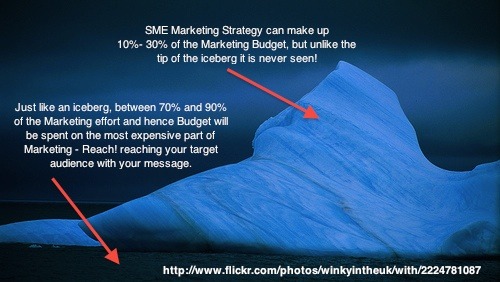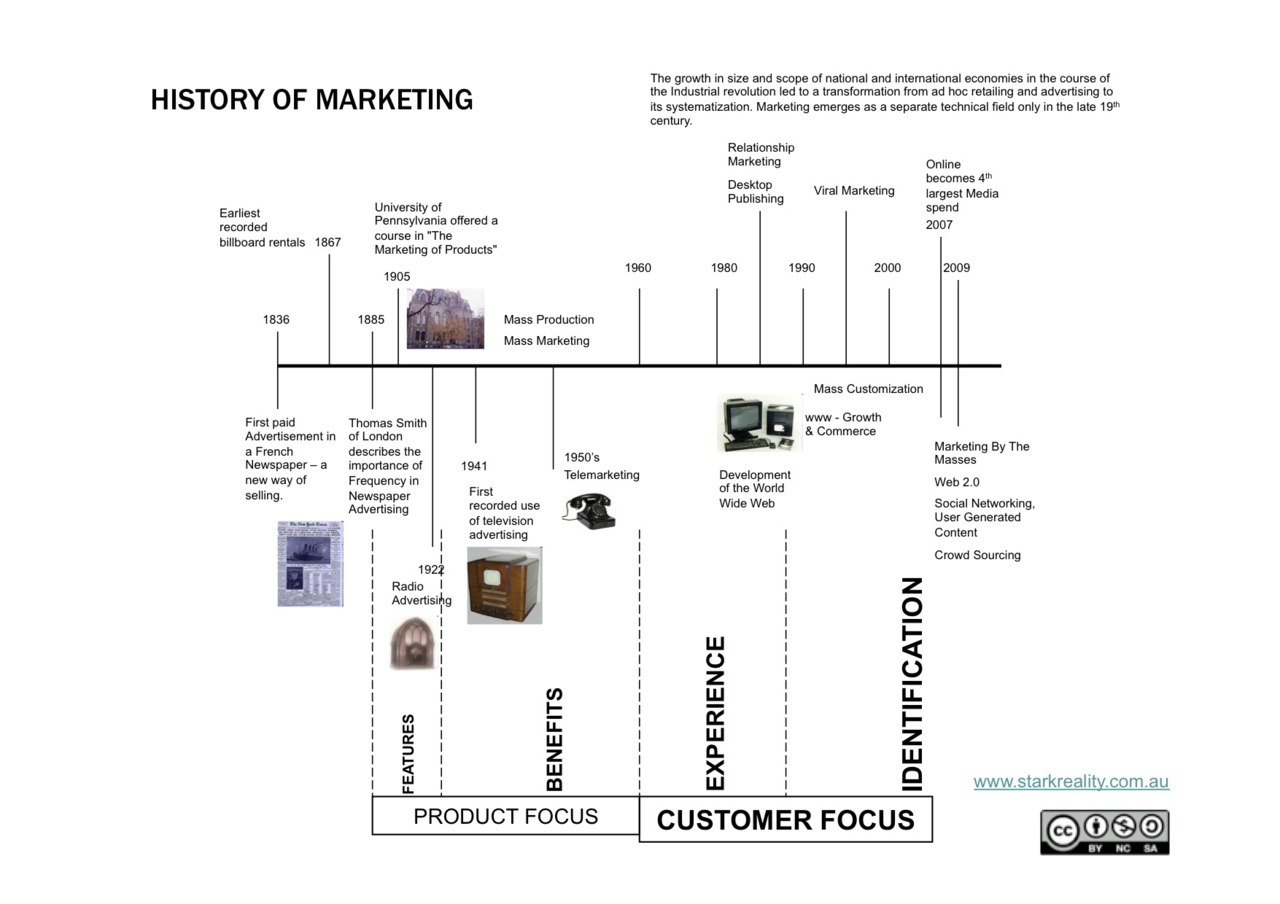
by admin | Jan 14, 2011 | Blog

Image via Wikipedia
Optimal Communication needs to be Efficient and Effective.
Efficiency of Communication is both a science and an art and is a result of the systematic process of tracking, measuring, evaluating and adjusting your communication strategies and tactics.
Anyone that tells you categorically that “x will achieve y” is lying to themselves as well as you. When working with clients we follow advertising (communication) principles that we know produce the most effective results under the circumstances that are prevalent in the client’s industry category.
You do not need to become a communication expert, but you have to know enough to work effectively with them to optimize your Marketing ROI and keep your marketing communication (advertising) partners accountable.
Advertising or marketing communication is about scientific experimentation that minimises your investment risk, and maximises your return.
A) COMMUNICATION EFFICIENCY
1. Setting advertising objectives. For example, are you seeking to achieve
- Awareness / Trial / Purchase?
- A direct response?
- Increased brand awareness?
- Increased share of the market?
- Launch of a new product, etc?
2. Setting the budget will affect most aspects of the advertising campaign, most importantly:
- Media selection
- Geographic markets
- Length of the campaign
- Timing
- Reach, and
- Frequency.
One of the greatest and most costly mistakes small businesses make is to try to reach too many prospects for the size of their budget. The principle is that it is much more efficient to Reach 10% of the people and persuade them 100% of the way than Reach 100% of the people and persuade them only 10% of the way.
Reach is favoured over frequency due to a lack of understanding of communication principles. Most SME business owners send out a marketing communication piece to their entire database, say 10,000 people which will use up their entire marketing budget for the period. Instead you should be running a campaign and communicating with 1,000 of your best clients and prospects say 6 or 7 times times – spending pretty much the same dollar amount but achieving a much better result! Effectively getting your message to 10% of your target audience is much better than reaching 100% of your audience with a message they do not remember or act upon!
This applies across any media, not just direct mail. It will work in magazines, emails, online banners ads, etc. Many studies over the years have shown that 12 Half Page Magazine Ads easily outperform 6 Full Page Ads in for the same product / service in the same magazine.
Never sacrifice Frequency for Reach!
B) COMMUNICATION EFFECTIVENESS
Just like communication efficiency, communication effectiveness is also based on scientifically proven principles. Yet because it is primarily the science of persuasion and influence, dealing in the currency of perceptions, it is more of an art form and is harder to measure.
Much of this blog is focusing on the discipline of BRANDING or HOW WE COMMUNICATE to positively influence our target audience!
Branding is even more important for Small Business than Big Business as SME’s have a greater need to differentiate in a more competitive market.
If it is so important why are so few small businesses “branded?
Because most do not understand basic marketing principles and believe that branding is something that is expensive and the exclusive domain of the big boys of business. We are on a mission to change that!
In our next entry we will examine the General Principles of Advertising (communication) Effectiveness.
by admin | Jan 13, 2011 | Blog
Reaching your target audience with your message remains the most expensive cost of doing business today. Those that do it whilst building their brand are turning this expense into an investment. An investment into the positive perceptions their customers and prospects will retain about their products or services in their hearts and minds.
The internet, application of technology to the science of marketing (email, CRM, etc), media fragmentation and the advent of Social Media have all contributed to lowering the cost of marketing communication, especially for SME’s. It is now easier than ever to reach your target audience, but more challenging to get your message understood, which is why clarity and creativity in marketing are a necessity for your business survival.


by admin | Jan 13, 2011 | Blog
Marketing is synonymous with Promotion, because 80% of the marketing effort is spent on Promotion.
Promotion is usually the only element of the Marketing Mix (Product, Price, Place, Promotion, People, Process, Physical Environment) that marketers can control and constantly fine tune. Price changes are quick to implement and analyze and rarely change frequently. Changes to actual products or services, their distribution channels, processes or people tend to be minor, so the focus as it rightly should be is promotion.
Although some marketers have control over product design and pricing, distribution, etc, they are or should be, the closest to understanding and correctly satisfying customer needs, they are often restricted by the parameters of the marketplace; the cost of inputs, market demand, etc, so promotion becomes the key tool in attracting customers and fighting off the competition.
Promotion, until fairly recently was a one way monologue, well suited to marketing’s focus on Products. But with the increasing focus on the Customer Experience, a dialogue is today a critical requirement for every business. Yet most marketers, despite the advances in technology, in both small and big companies are struggling with holding this dialogue, making it meaningful or even capturing and correctly interpreting what the customers are saying. Adopting new and complex technology was never going to be easy. Coupled with the consumer’s newly acquired powers of Social Media, the customer is really King!
Hence you can see that Marketing is all about Communication, which is 2-way rather than Promotion which tended to be 1-way. Marketers are trying to stop “talking at” the customer and trying to “converse with them” and this is not easy, putting marketers and business owners under real pressure!
Communication just like Promotion, is still one of the greatest costs of “doing business”, so it is vitally important to get your strategy right before blowing your entire budget communicating the wrong message, to the wrong people, at the wrong time…
Communication is a science, with it’s own principles. To get the right message in front of the right people, at the right time, and expose them to the message enough times to elicit a favorable response and then interpret that response and act correctly upon it, we need to learn the principles of effective communication.


by admin | Jan 13, 2011 | Blog, Promotion, Strategy

Reaching your target audience with your message remains the most expensive cost of doing business today. Those that do it whilst building their brand are turning this expense into an investment. An investment into the positive perceptions their customers and prospects will retain about their products or services in their hearts and minds.
The internet, application of technology to the science of marketing (email, CRM, etc), media fragmentation and the advent of Social Media have all contributed to lowering the cost of marketing communication, especially for SME’s. It is now easier than ever to reach your target audience, but more challenging to get your message understood, which is why clarity and creativity in marketing are a necessity for your business survival.








Recent Comments